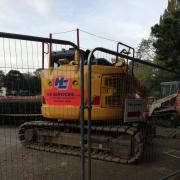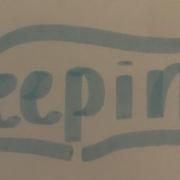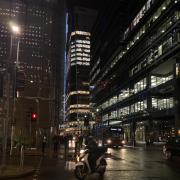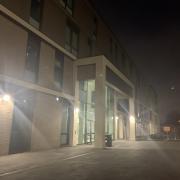
Statue of Liberty
Over half term I went to New York, we went to Liberty and Ellis Island and I became intruiged with the Statue Of Liberty and Ellis Island's past.
The famous Frank Sinatra sings about wanting to ‘make it’ in New York, a land of opportunity. Seemingly referring to the city’s most well-known landmark, the Statue of Liberty, he sings about New York as a destination for immigrants, a symbol for hope, a symbol for freedom. This idea is conveyed through the broken shackles at the bottom of the statue’s feet and is an ideal that we still hold in high esteem today. However, while we are free there are still people all around the world being deprived of their right to a home, especially those who are immigrants, refugees, and asylum seekers.
The Statue of Liberty was the first sight immigrants saw when they came on European boats to New York, the city that could change their lives. Naming the statue ‘the mother of exiles’ helped immigrants relate to the idea of starting a new life. However, it wasn’t all smooth sailing for those who arrived on Ellis island.
Like today’s current social climate suggests, some people who lived in America felt threatened by those arriving seeking a new life and jobs, so they opposed immigration and changed the symbolic purpose of the Statue of Liberty to support their own ideals. For instance, in 1890 a cartoon was published in a middle-class magazine with an image of the statue smirking while lifting up her robe, protecting it from new-comers dumping rubbish at her feet. Over centuries you would have thought our attitude towards immigrants would have changed. It has not. And, evidence of how this attitude can quickly turn into racism can be seen in the recent football match between Bulgaria and England. The fans made monkey noises towards the players because ‘apparently’ they were not ‘natives’ despite many being born here. It shows that we haven’t come as far as we thought we had.
Similarly, President Donald Trump announced that he wanted to build a wall to protect America from those entering over the Mexican border. The irony of this is that America has been seen for centuries as a country that promotes opportunity and the chance for a better life. Building a wall does not seem to fit in with the idea of the Statue of Liberty’s torch which is supposed to guide immigrants to land safely; the welcoming image of the colossus of New York is at odds with the wall and does not represent all that was good about the Ellis Island processing station.
Imagine coming to a country which promotes new opportunities and seeing a brick wall heavily guarded by soldiers with intimidating guns. Or imagine being sent back to Jamaica after two generations have lived, worked, and grown up in the United Kingdom. And imagine fleeing war-torn Syria in search of a better life, only to be rejected after risking everything and having nowhere to go. It sounds like we have not learnt the lessons that the Statue of Liberty and the Ellis Island Immigration Station have taught us. Nor have we improved our systems for easing immigrants into their new lives.
Antonia Edgington



























